bAMBERG
0 Comments
On our sixth day we visited Wurzburg which is small city of 120,000 people in central Germany. The primary attraction in this city is the Residenz which was built 400 years ago by the prince. This building had some similarities to the magnificent Hermitage in St Petersburg in a much smaller scale. The emperor would stay at the Residenz when he was traveling in the area. Unfortunately no pictures were allowed inside the building but we were allowed to take pictures in the gardens outside the building. These gardens were very impressive both for the flowers and the finely trimmed shrubbery and trees. In the back gardens it was amazing to see some of the vines (almost trees) that had trunks which had grown around the metal archways used to support the vines. It was a very large and impressive garden.
The city was also very nice to walk around. It had some beautiful churches and other medieval buildings. There were open markets selling fresh vegetables and sandwiches (bratwurst) for lunch. There were several bridges over the river in the town and one of them was a main gathering place for the town people who drank wine on the bridge while talking to each other. This was also a very different bridge because there was a lock on the one side to allow the ships to get up to a higher level on the river while the center of the bridge was dammed off preventing any boats from going directly under the bridge. There was a natural dam on the one side where the lock was, which created a series of small water falls for the overflow of water on the higher portion of the river to the lower portion. Across the river on a hill was the Marienburg Fortress. This was a massive structure built over 800 years ago. We walked up to this fortress and were rewarded with some great views of the vineyards on the hillside of the fortress and the river/city below. We could also see our ship right below the fortress and was able to get some good pictures of it. The fortress itself was very impressive with the many towers and buildings contained within the walls. The walls around the fortress extended well beyond the buildings and encompassed a large area of the entire hill it was built upon. The view from the fortress to the river was amazing and the city looked so colorful down below. We were fortunate that the sun peaked out from the clouds allowing us a great opportunity to take some good pictures. While it took us over an hour to climb up to the fortress and walk around some of the walls to get inside, it took us only 20 minutes to go down a different side and come straight down to the river. It was a great walk in really good weather to end our visit of Wurzburg. Sharon and Greg Koblenz - Middle Rhine Scenic Cruising - Miltenberg – Grand European Viking River Cruise
Koblenz In the morning of our fourth day we took a short bus ride to see Marksburg Castle. It was built 900 years ago to protect the town of Braubach. When Napoleon conquered Germany he used the castle as a prison. The castle ownership changed many times based on who was in power at the time. This is a very impressive looking castle that stands on top of a hill overlooking the village. Viewing this castle provided a good overview on why castles were built and what the lifestyle was in the castles. We saw many cannons used at the time and were told that some were used just to welcome dignitaries when they came down the river while other had such limited range they really didn’t provide much defensive protection. As the cannon design improved they were able to build cannons that were large enough to fire at anything that floated down the river which provided a real defensive and offensive weapon. We were able to walk through the living quarters of the noble family that lived there and were amazed to see how small the beds were. People back in this time slept mostly sitting up in bed because they were afraid to die due to the fumes of the stoves that heated their rooms and these fumes tended to be more deadly closer to the floor. We saw the main room where they ate and entertained visitors. The long dining table was brought into and out of the room with all food and dishes on the table. The noble people did not like to see their servants work and their servants had to do all the food serving and dishes removal outside the room. There was a very strange outhouse attached to this room and when the noble person used it the door remained open and they were able to maintain a conversation with the other people in the room while they did their business. We also saw the evolution of armor that was used by the noble men and soldiers back in this time along with a workshop where the blacksmith did his work. It was very interesting to get a good perspective of how castle life was back in this time. This Marksburg Castle was impressive but it was so amazing to see how many similar and even larger castles we saw later that afternoon down the river. Middle Rhine Scenic Cruising In the afternoon of our fourth day we just cruised along the Rhine River. The temperature was perfect and the sun was shining. You could sit up at the bow of the ship or the top deck and watch the beautiful sights while our cruise director, Carl, made announcements identifying the various sights we saw. This is something you don’t get to do very often in an ocean cruise ship unless you are doing an Alaskan cruise. The small villages along the river are so quaint and you can see many medieval buildings in the center of these towns. All towns have their very distinctive churches and many have city hall buildings with large clock towers. In the center of each town is a tall decorated May pole which will be used for their May Day celebration in a few weeks. In the afternoon of our fourth day we just cruised along the Rhine River. The temperature was perfect and the sun was shining. You could sit up at the bow of the ship or the top deck and watch the beautiful sights while our cruise director, Carl, made announcements identifying the various sights we saw. This is something you don’t get to do very often in an ocean cruise ship unless you are doing an Alaskan cruise. The small villages along the river are so quaint and you can see many medieval buildings in the center of these towns. All towns have their very distinctive churches and many have city hall buildings with large clock towers. In the center of each town is a tall decorated May pole which will be used for their May Day celebration in a few weeks. Miltenberg On our fifth day we visited Miltenberg which is a small village of only 5,000 people in central Germany. It was originally settled over 2000 years ago but became much more well known when the Emperor of the time stayed there 900 years ago. This was one of the prettiest towns we have visited so far. The buildings were kept in pristine condition. Even though they were built hundreds of years ago they were well maintained to portray their appearance when they were originally built and when repairs were made they had to use the same construction techniques of the rest of the building. We learned about the signs and paintings in the front of the buildings so that you could identify when the structure was built, what the name of the original owner was, and what was sold in the store. All of these shops have creative signs that come off of the building like a sign post but are made with wrought iron that looks like an artwork. You can walk along the street and see each shop’s sign without even seeing the store front and typically will know what is being sold there. The shops along the streets had many interesting items to look at: bowls, dolls, clocks, toys and other things. Many people from our ship had a great time in buying souvenirs here. The churches, town square and other buildings were really nice to see. The town square had a fountain that was attractively decorated with eggs and flowers for Easter. We took a walk up to Miltenberg Castle that was built 800 years ago. It is currently a museum but offers a nice high view of the city. We took many pictures from this vantage point of this picturesque city. This was a very enjoyable stop on our cruise. Sharon and Greg Kinderdijk
On April 14th we flew out of Atlanta to Amsterdam to begin our 15 day Grand European Cruise on the Viking Skirnir. Prior to the cruise we stayed two nights in Amsterdam and plan to spend 3 nights in Prague after the cruise. We have since left Amsterdam having three adventurous days exploring the city with some of our friends. Three other couples joined us in Amsterdam: the Mains, Perrins and Hess’. We stayed at the Radisson Blu which is a very nice hotel in the city center of Amsterdam fairly close to Dam Square and the Red Light District. We arrived at 8:30 AM on April 15th after our 8 hour flight and were ready to start exploring the city. Viking had transportation waiting for us to take us to the hotel after which we were ready to go see the city. Two couples went off to take the one hour canal boat tour of Amsterdam while two couples went off to purchase transportation tickets for some of our other planned activities. Later that afternoon 5 of us went off to play Pickleball. Although we were all operating on just an hour or two of sleep over the last 36 hours we were ready to play some Pickleball with the Amsterdam Club. Bill Hess had made some arrangements with their group prior to our arrival and the club was gracious enough to make a special time to play just for our group to be able to play with them. They even invited their sister club in Harlem to join us. We had 24 pickleball players total and had a really great time. Everyone in their club was super nice and seemed to enjoy meeting us as much as we enjoyed meeting them. After Pickleball we had an Italian dinner and then off to bed to catch up on some much needed rest.
On our second day in Amsterdam (Easter Sunday) we had a prearranged two hour Viking walking tour in the morning. This allowed us to stroll the streets while listening to our guide tell us many interesting stories and facts about Amsterdam. We walked along the many canals that the city has and marveled at the thousands of boats that are in the canals. Some of these are house boats where people live and we were told that most of these cost at least a million Euros and yet are less than one thousand square feet in living space. The apartments (condos) where most people live cost around $450,000 Euros for 800 square feet of living space. It is hard to imagine how people can afford to pay for this while living in such a small area. We are certainly spoiled in the United States! While walking along the narrow cobblestone streets you constantly have to be aware of bicycles speeding down the roads and bike paths. It is very easy to get in their way and many of them will just race on by you while just missing you by inches. There are tens of thousands of bikes in Amsterdam while cars are not nearly as prevalent. In the afternoon we took a train and bus to Keukenhof Gardens. We had traveled on this specific cruise to see Holland’s famous tulips in bloom. Mid-April is their peak season. Although you can see some in Amsterdam, this is nothing compared to what you see at these gardens which is about 40 miles outside of the city. Everyone in our group was blown away by the quantity of tulips there along with other similar types of flowers. In addition we were impressed with the many flower colors that could be seen. Equally amazing was the creative way in which they had designed the garden and different areas to present the various flowers that are grown there. It is difficult place to describe and the pictures can’t fully capture how amazing this garden really is. If you ever visit Amsterdam or Holland in late March, April or early May don’t miss this experience! On our third and final day in Amsterdam, each couple did their own thing. Two couples had Anne Frank tickets and wanted to go to the Van Goh museum. One couple wanted to just take the trams and see different areas of the city. We walked the city like we always do when we visit cruise ports. We visited some new areas we had not seen in our previous visits to Amsterdam and we went back and viewed areas we previously had enjoyed. We like just walking and looking at the things that make each city unique from one another. Looking at the canals, locks and bridges in Amsterdam is always enjoyable and provides some great photo opportunities. The architecture and shape of the roofs on the many buildings is unique in Amsterdam. Looking at the buildings leaning to one side like the leaning Tower of Pisa is also very fascinating. After walking for several hours we took a break and found a pancake house that Sharon had heard about in one of our previous trips here but had never had an opportunity to try. These pancakes were like none that we had ever tried before. They were paper thin and you could fill them with fruit (apples, raisins, pineapples, cherries, etc.), meats (bacon, sausage, ham, etc.) or other things (cheese, nuts, seeds, etc.). If you wanted to use syrup they had a large bowl on the table with a large wooden spoon to scoop it out and pour it on your plate. The pancake was delicious and is certainly one of the Dutch specialties that you really want to try (The Pancake Bakery, near Anne Frank’s home). After taking this break we went off to walk some more until we eventually decided to board our ship. This was the first river cruise ship that we had ever boarded and it was certainly different than our ocean ship experience. There was no outside check in building to enter and go through the boarding process. Our luggage had already been picked up at the hotel and had been taken directly to the cabin. No one even meets you on the ship or prevents you from boarding. All you have to do is find the Customer Service desk, give them your passports and you are fully checked in two minutes later. Our cabin was not too much different from an ocean going ship and there certainly wasn’t any more storage area for our luggage that we had brought but we managed to find a home for everything. After going to the lounge for a brief overview of our cruise we went to the dining room that fits all 190 passengers. After dinner we went back into the city with two other couples in our group that had just flown in that morning (there was a third couple but they decided to get a little sleep). These couples wanted to see the famous Red Light District which is a unique area that attracts a lot of people at night. You can see the prostitutes in their small booths with their picture window (and their red light above it) trying to coax men to join them. You can walk the streets and see the clubs that offer various sex shows, coffee shops or the many bars along the way. There is even a church in the area built in the 1300’s for the prostitutes and sailors to help them be forgiven for their sins. It is just part of unique color of Amsterdam that some people like and other people do not. After our Red Light District tour we looked for a “Coffee Shop” where they sell marijuana but we couldn’t find any open at that time of night nearby. Amsterdam is one of the few cities in Europe that allow people to buy, smoke and sell marijuana. You can smell the very distinctive smell when you walk on almost any street at any time. After that we headed back to the ship where it departed at 11:30pm. Our trip to Amsterdam was certainly enjoyable and we look forward to telling you more about each port we visit on this cruise with Kinderdijk being our first port that we stop at. After logging more than 80,000 steps in these three days we felts we covered a lot of territory to see as much as we could! Happy Cruising! Sharon and Greg |
Greg and Sharon Conrad - Hooked On Cruisin'We are a husband and wife travel agency focused on providing dream cruises for our customers. We charge no fees for our services. Our goal is to find the perfect cruise for our clients that they will remember for a lifetime. Archives
May 2024
|
HOOKED ON CRUISIN' | PEACHTREE CITY, GA 30269 | PH: 678.542.7319 | CONTACT US!
Copyright 2022 © Greg and Sharon Conrad. All rights reserved.
Copyright 2022 © Greg and Sharon Conrad. All rights reserved.
|
Follow us on our social networks!
|
03062014
|
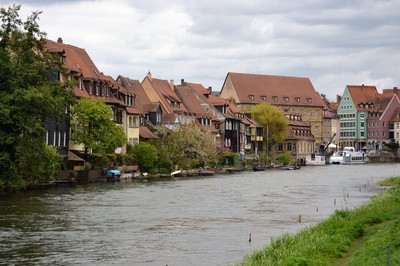
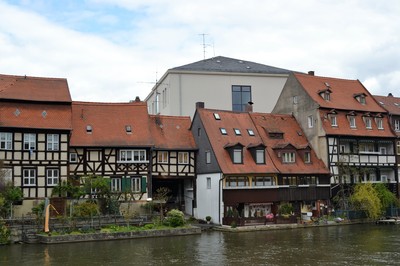
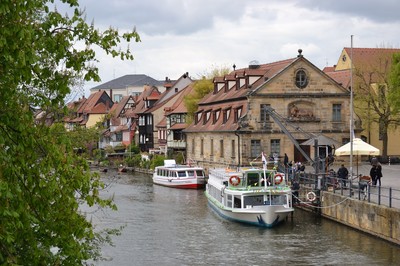
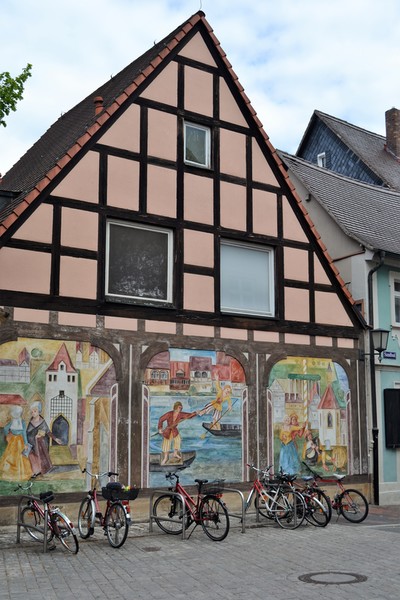
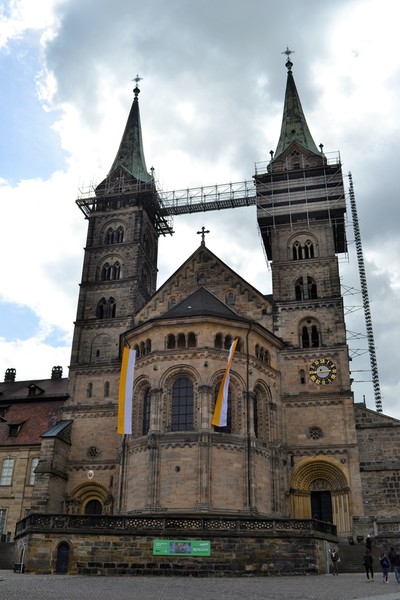
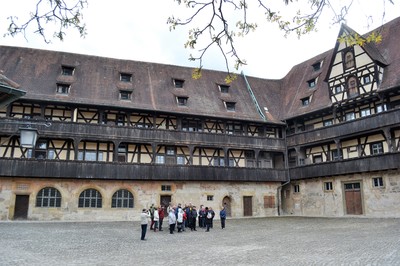
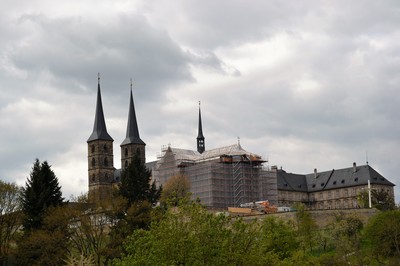

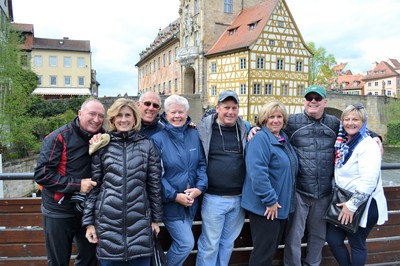
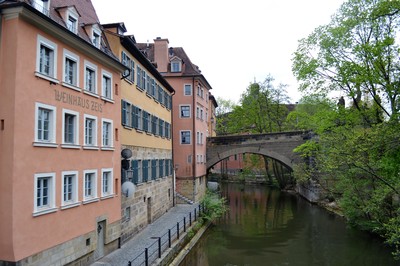
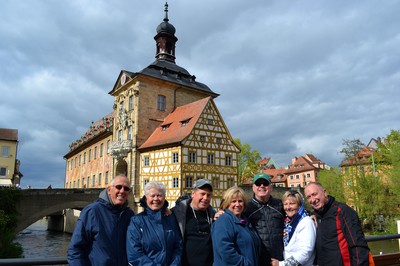
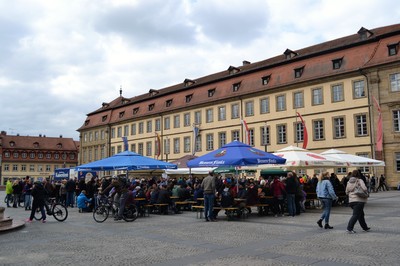
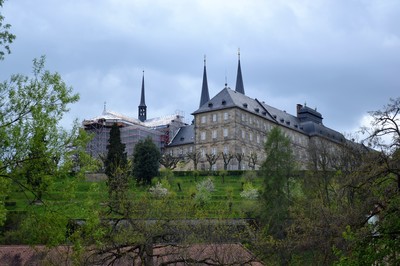
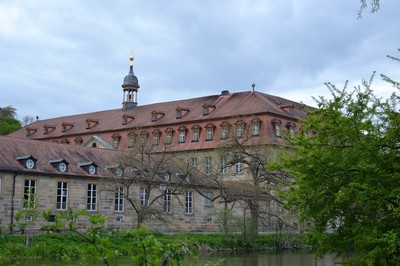
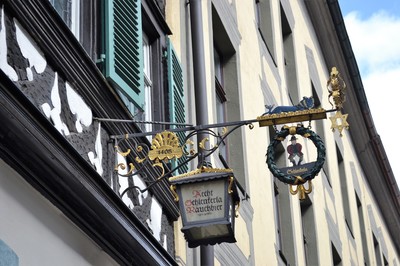
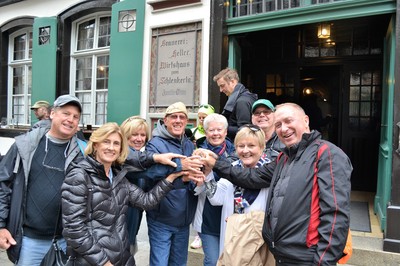
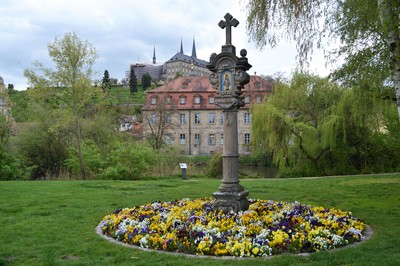
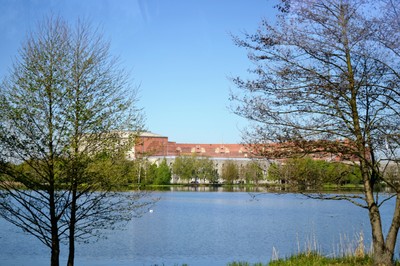
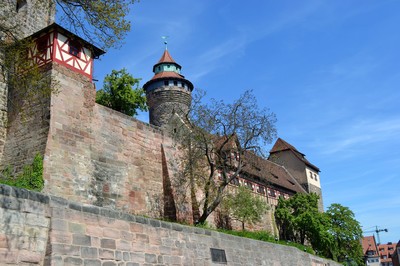
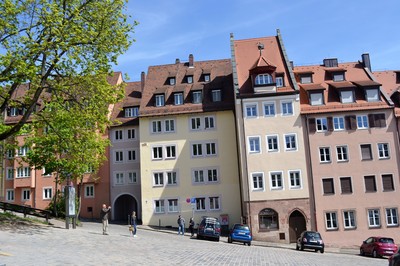
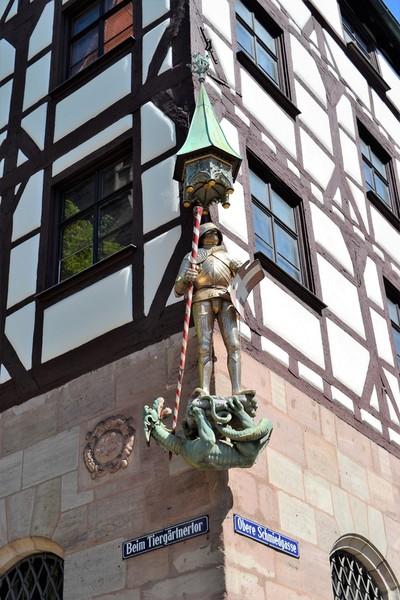
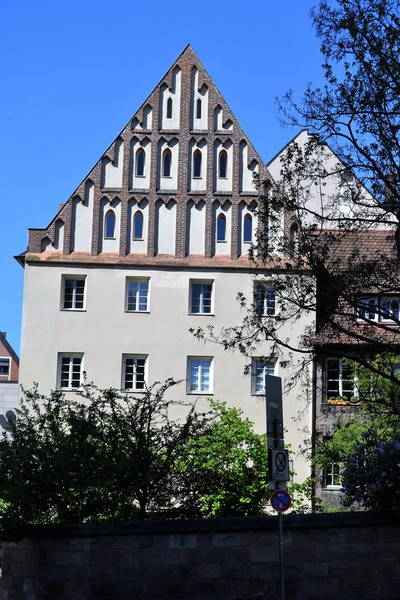
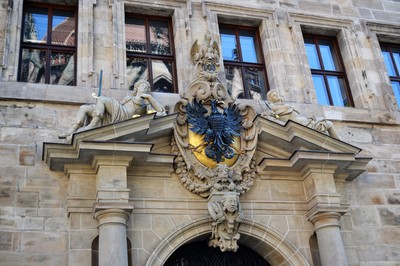
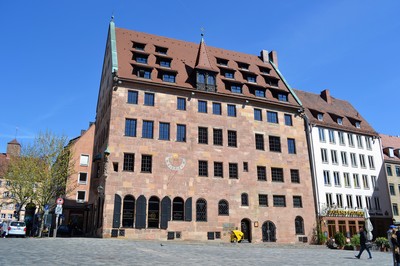
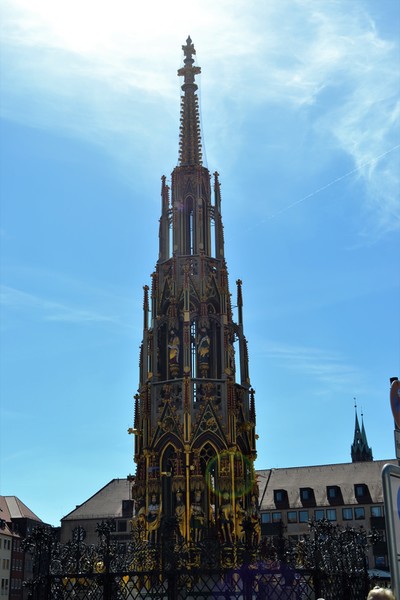
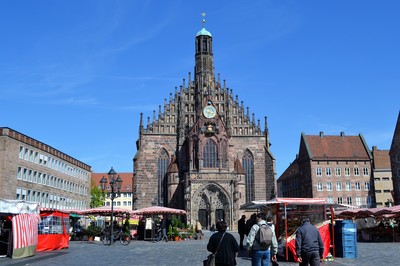
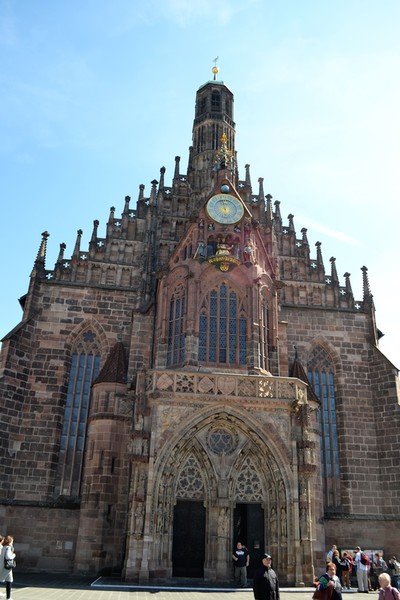
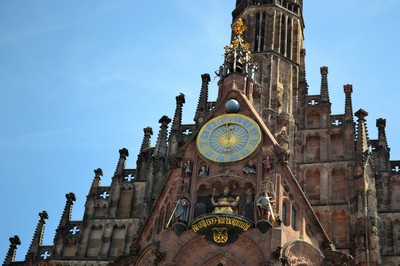
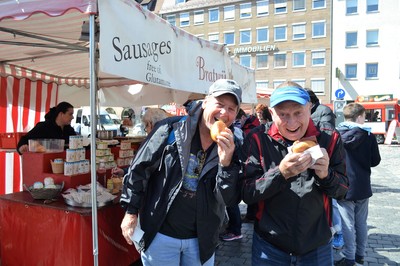
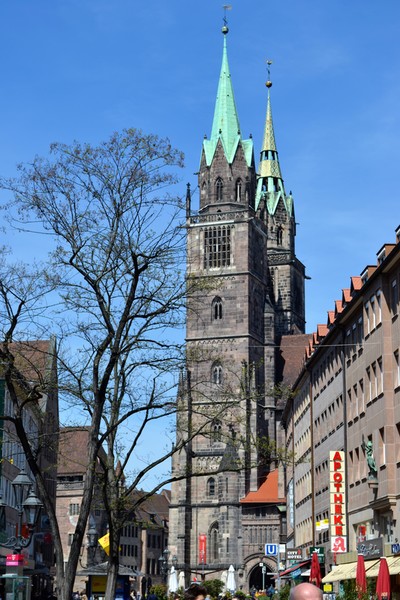
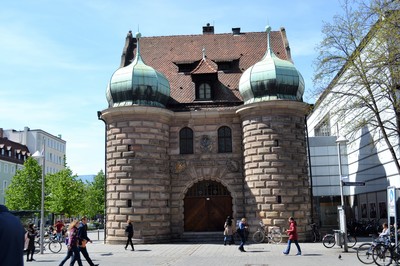
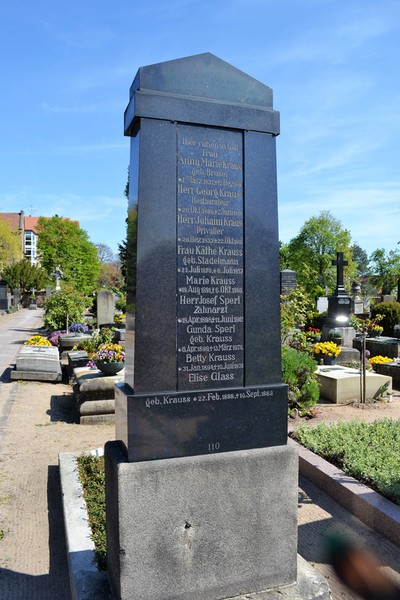
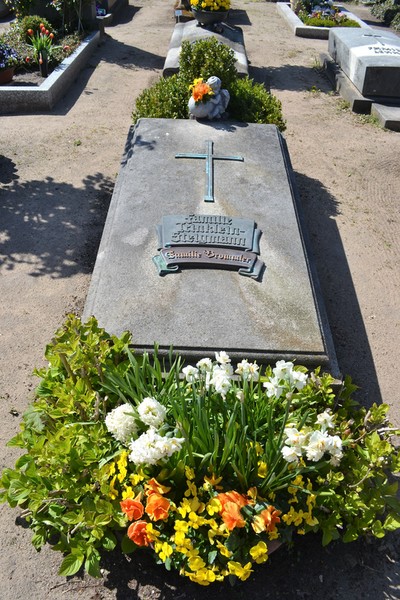
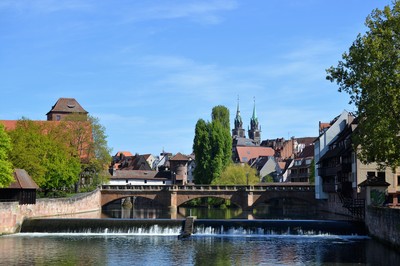

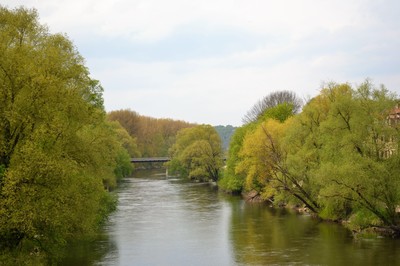
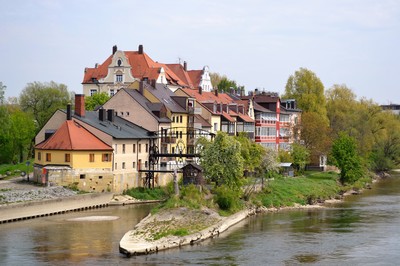
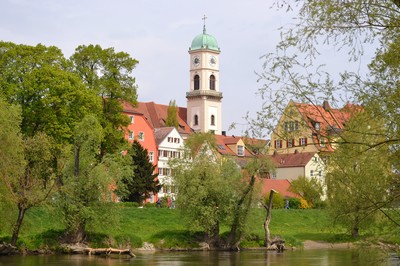
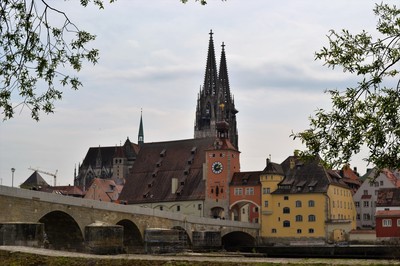
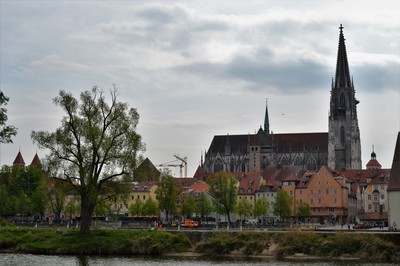
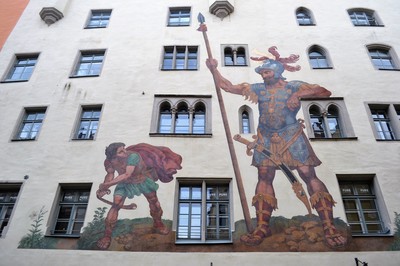
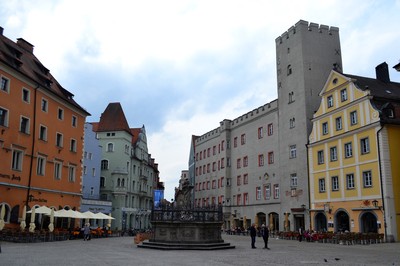
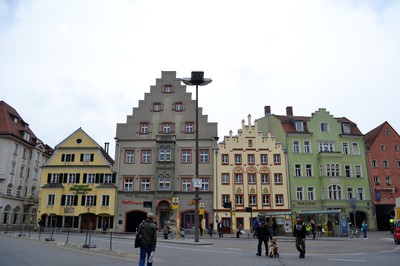
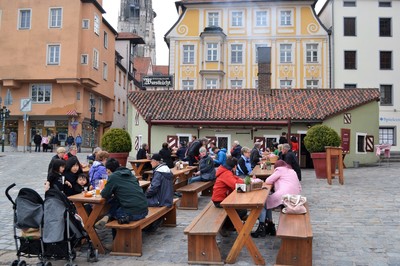
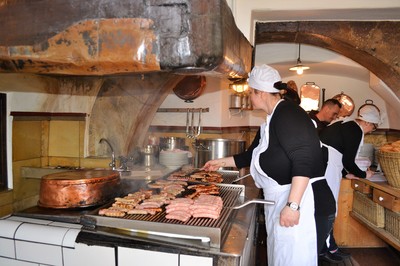
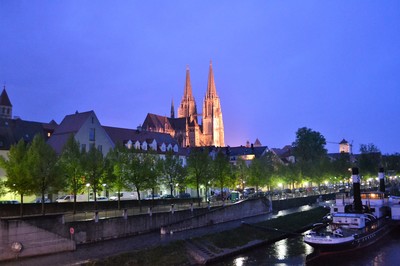
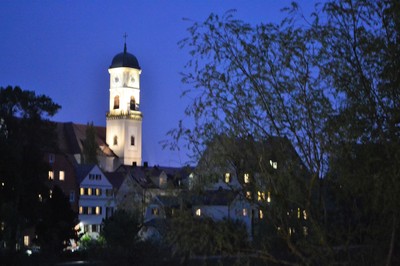
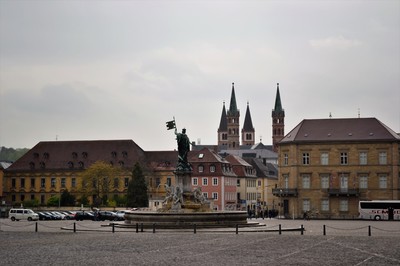
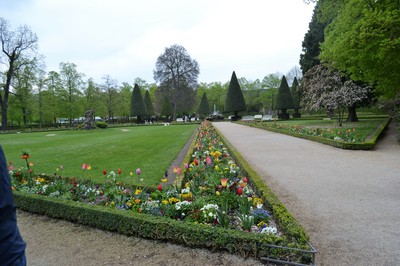
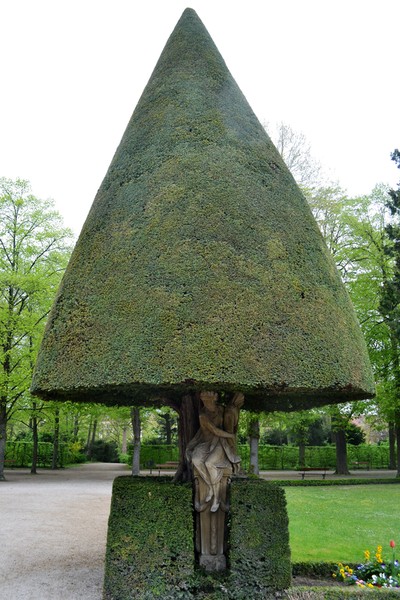
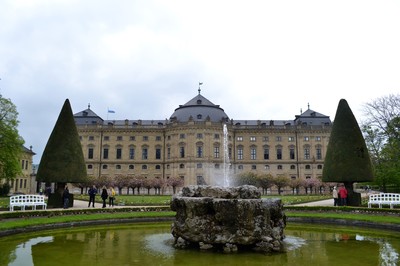
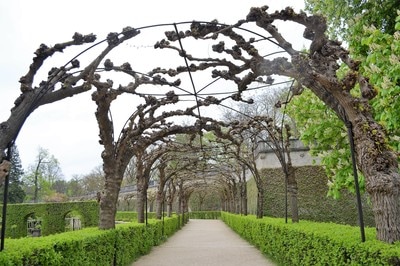
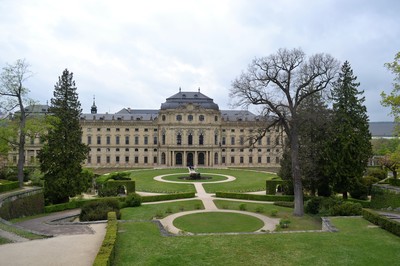
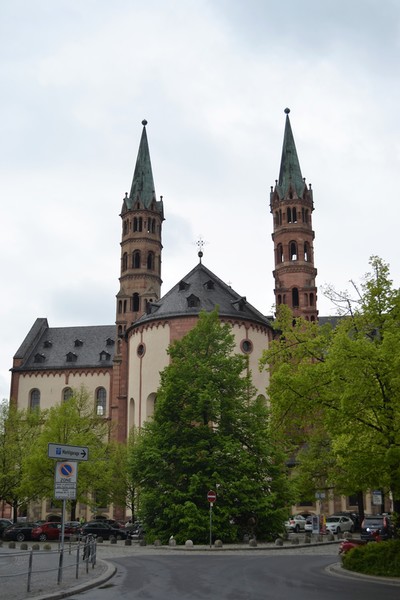
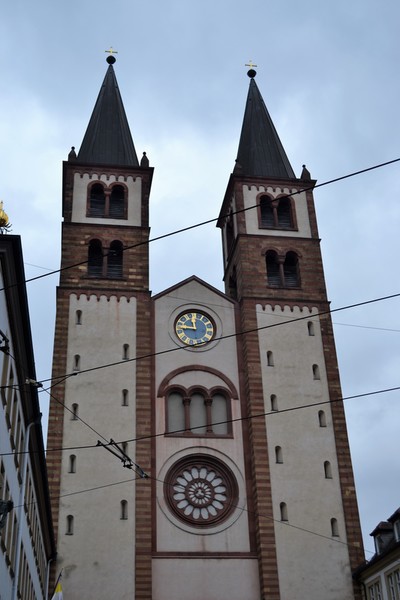
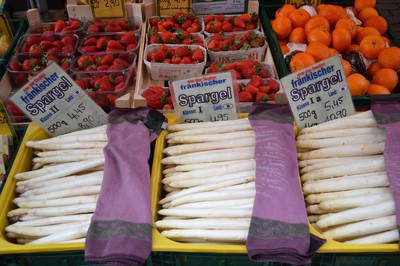
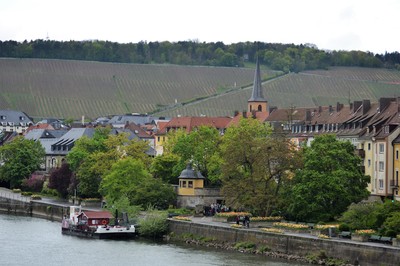
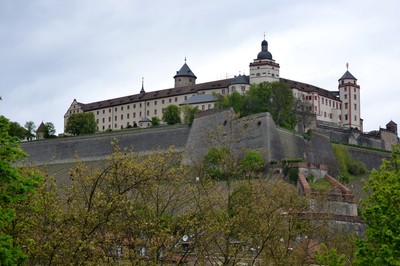
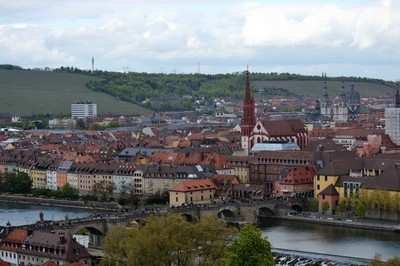
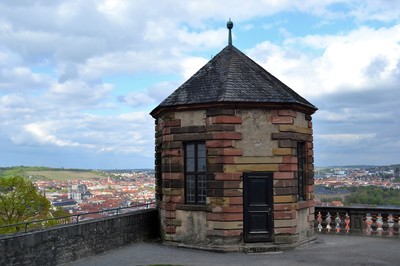
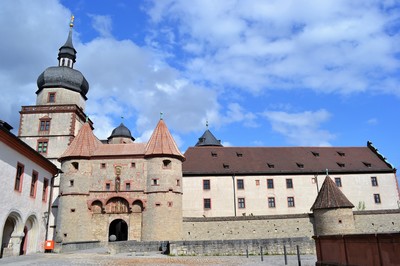
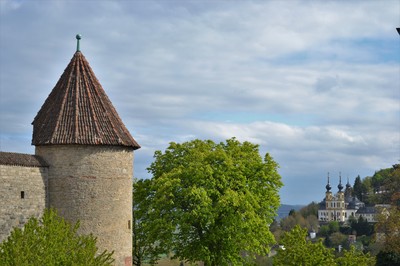
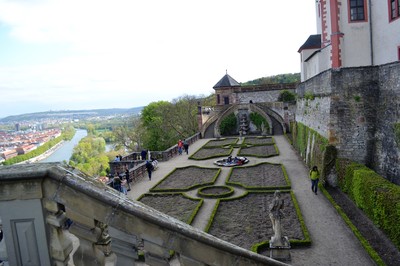
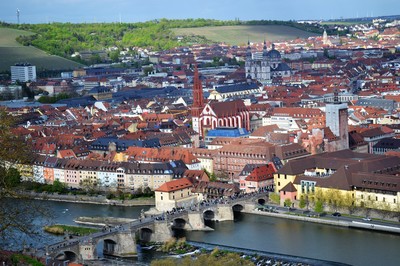
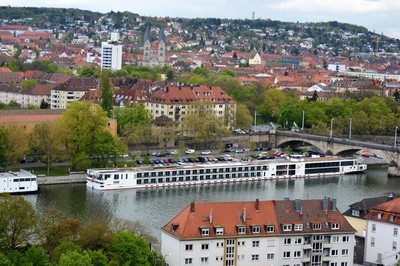
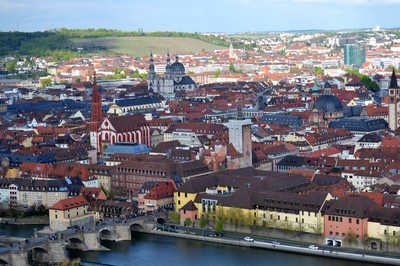
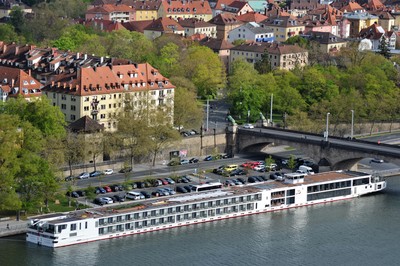
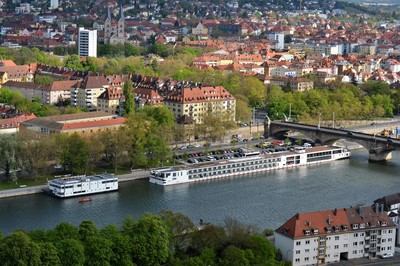

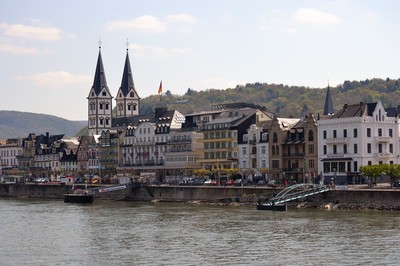
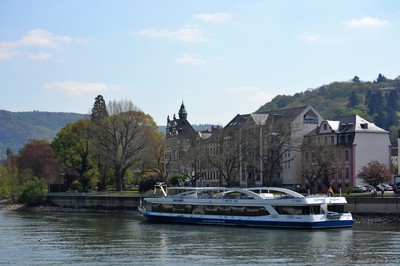
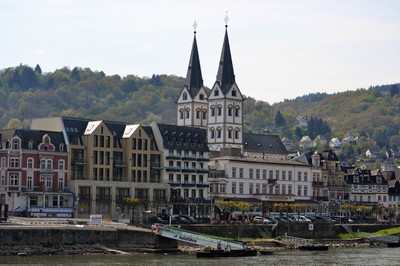
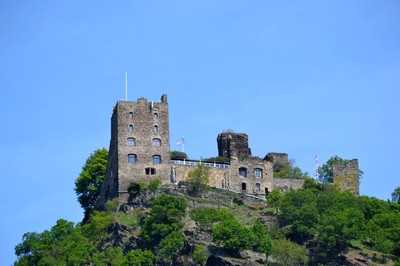
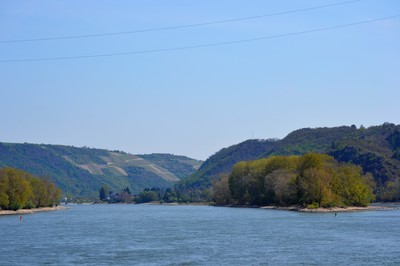
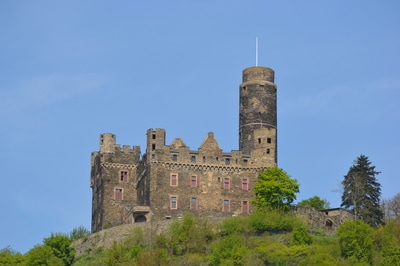
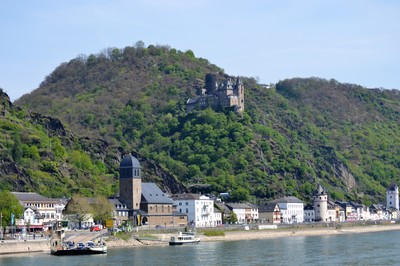
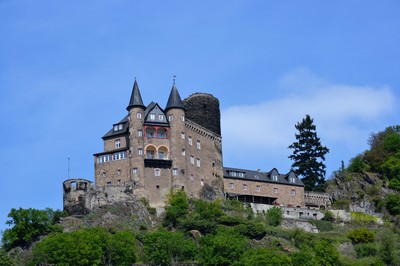
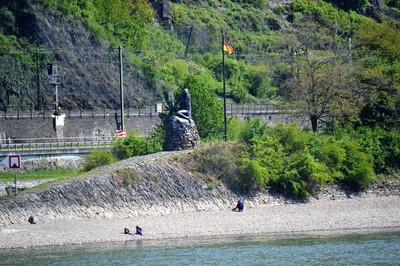
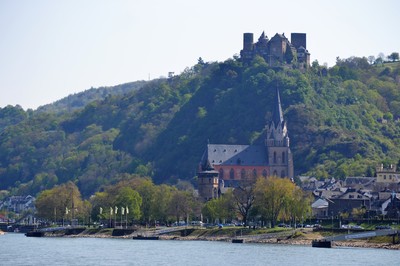
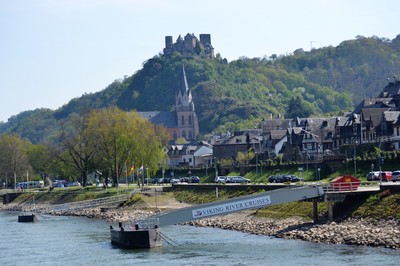
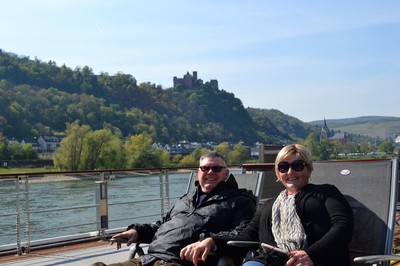
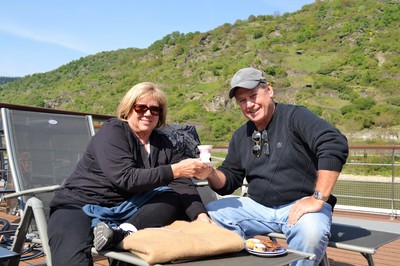
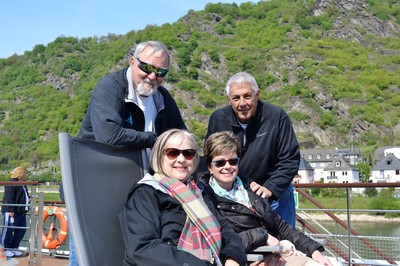
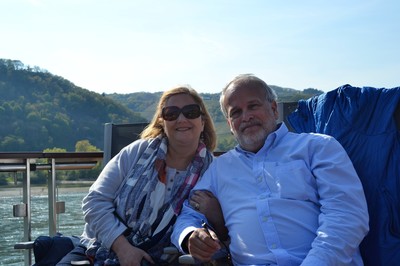
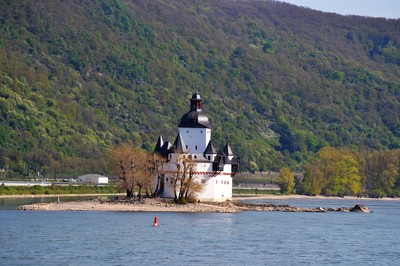
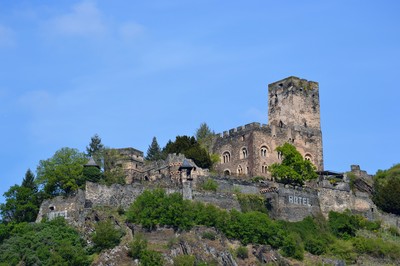
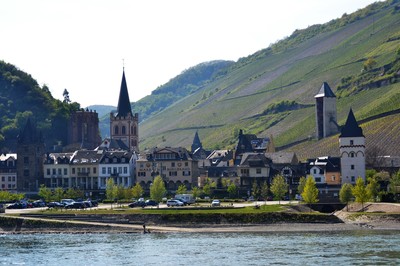
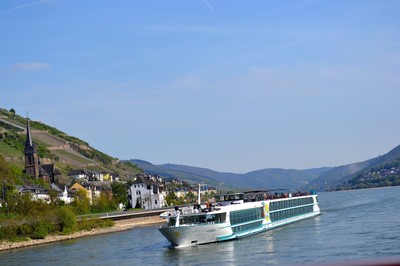
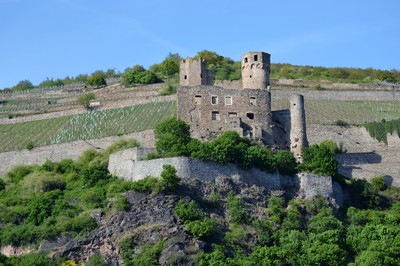
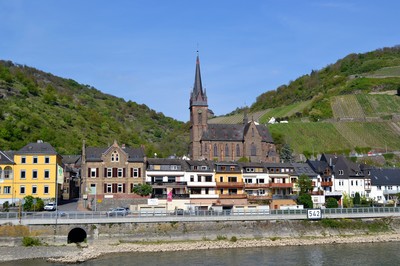
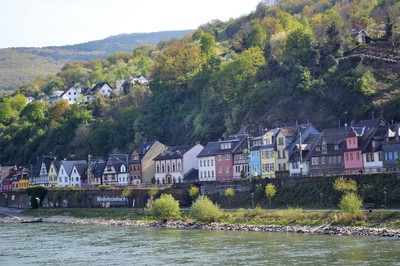
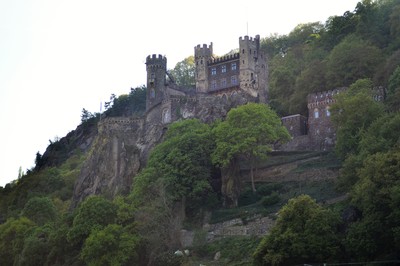
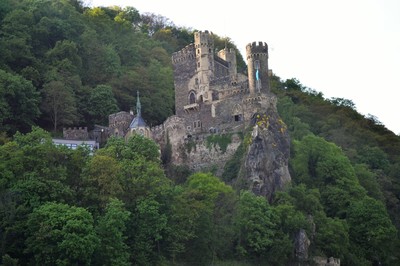
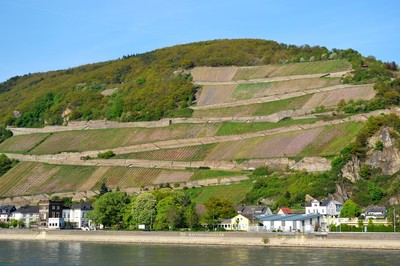
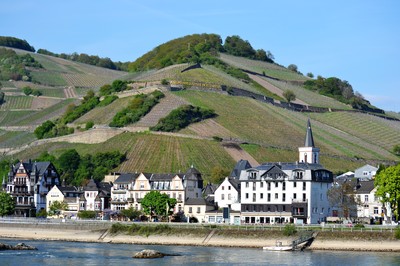
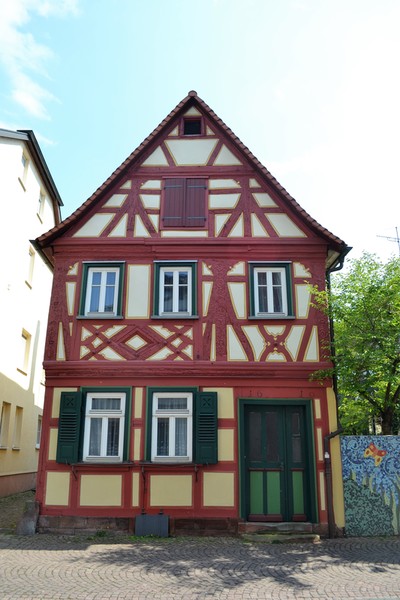
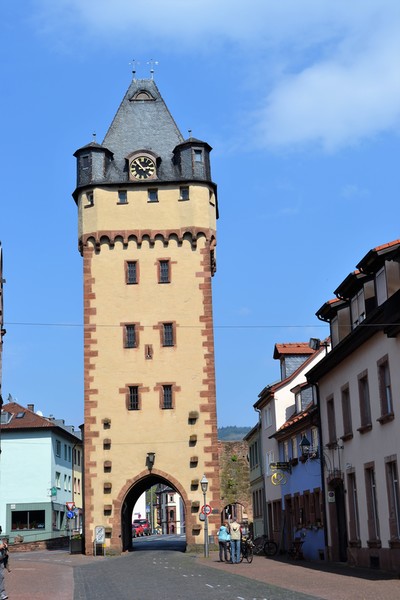
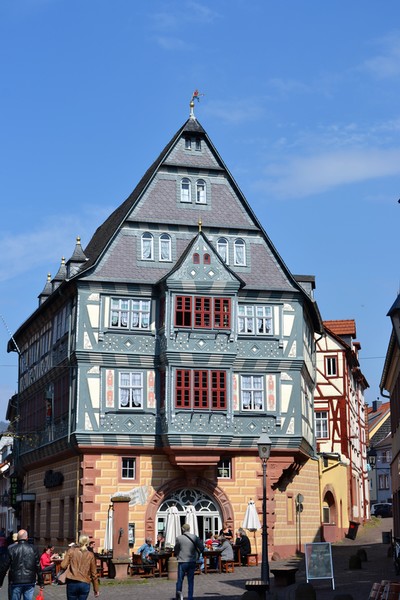
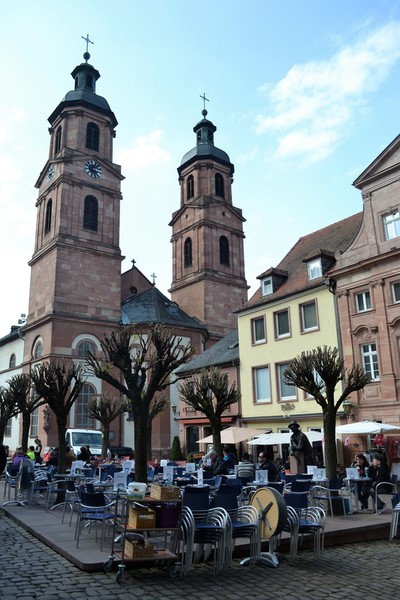
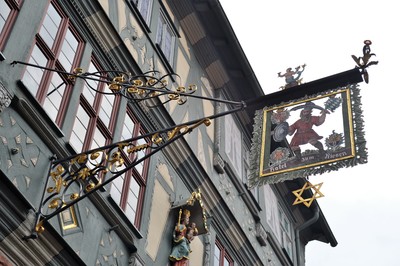
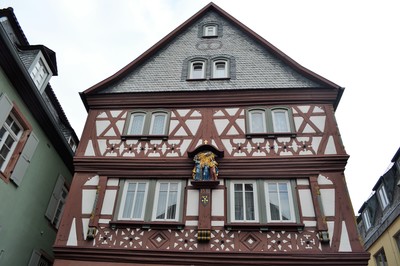
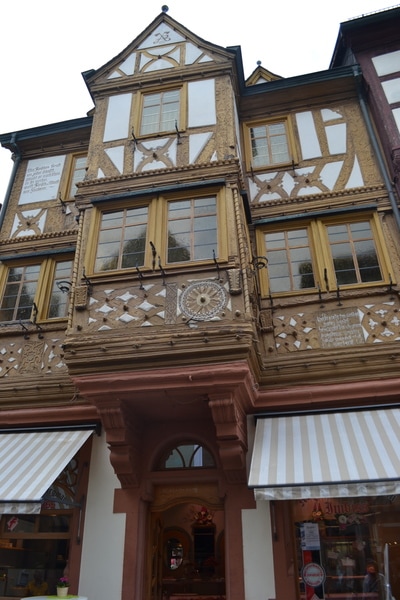
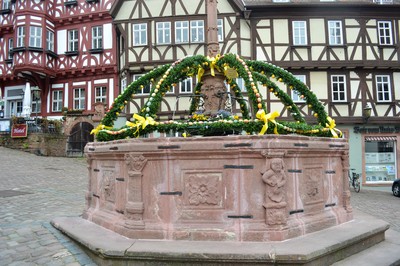
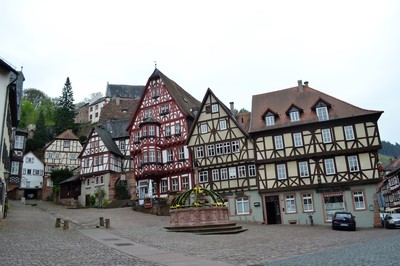
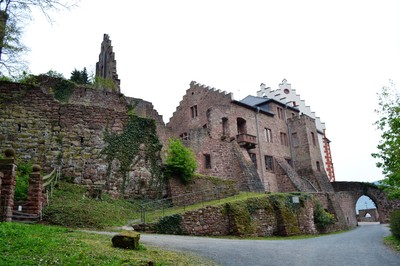
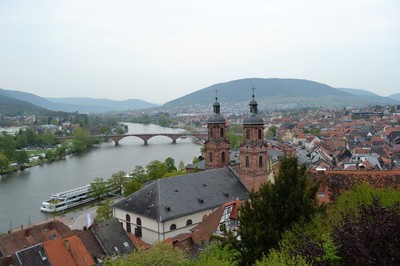

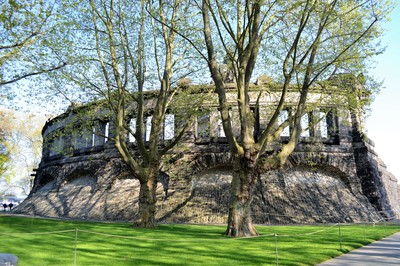
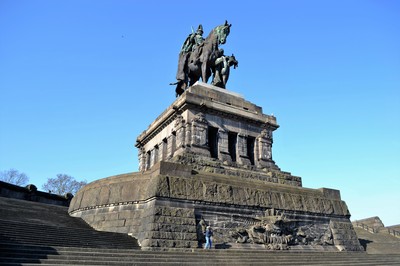
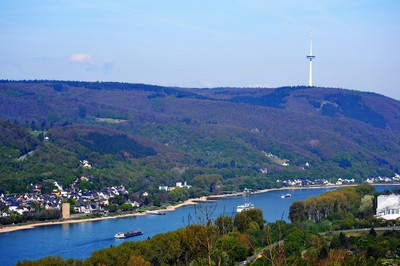
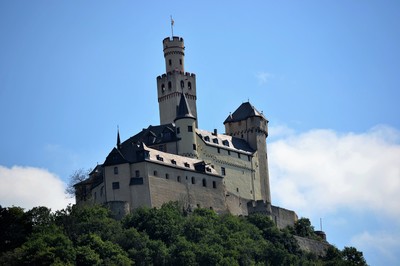
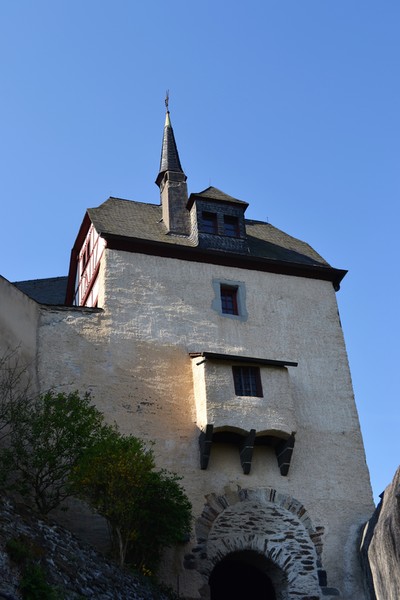
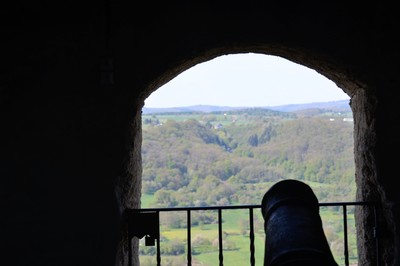
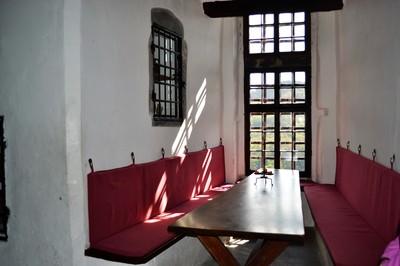
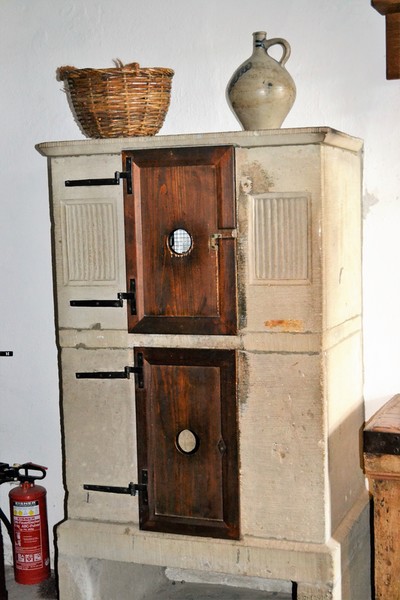
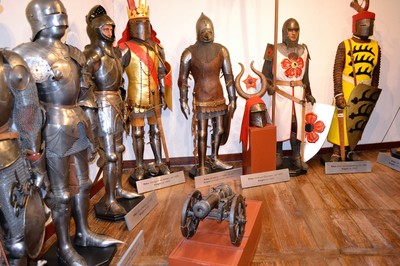
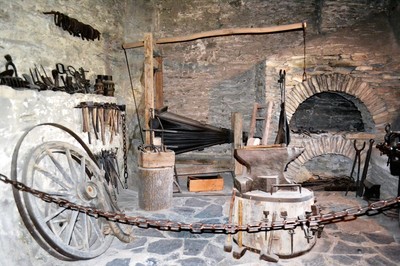
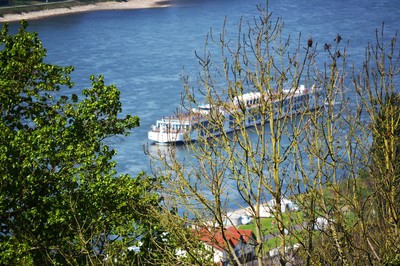
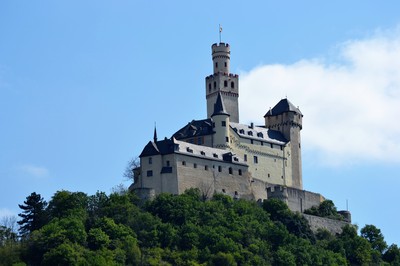
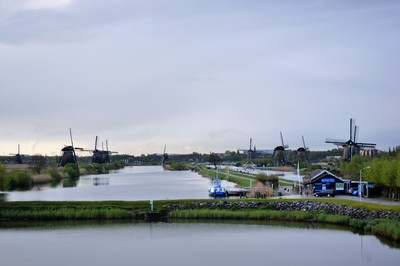

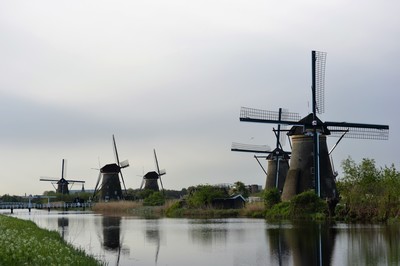
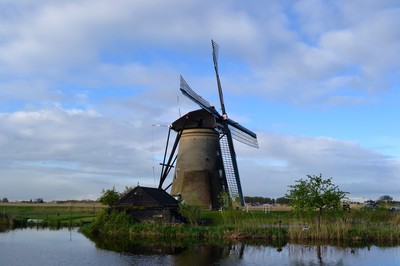
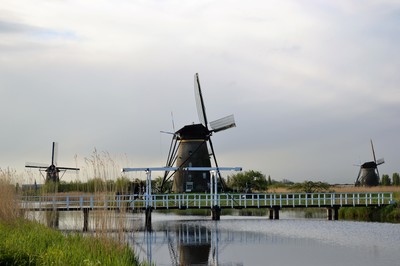
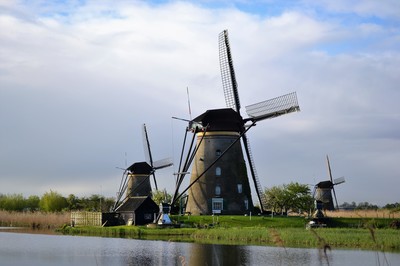
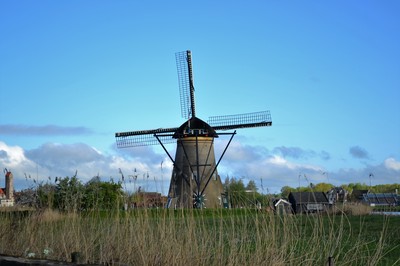
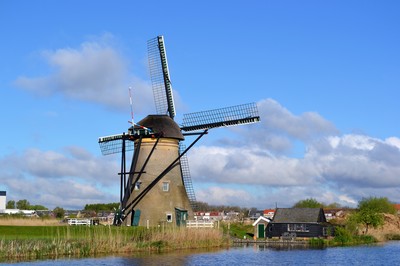
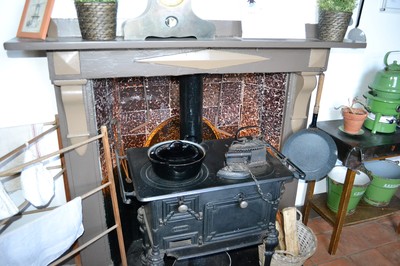
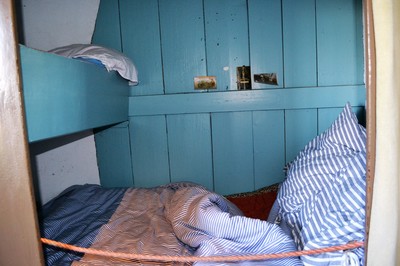
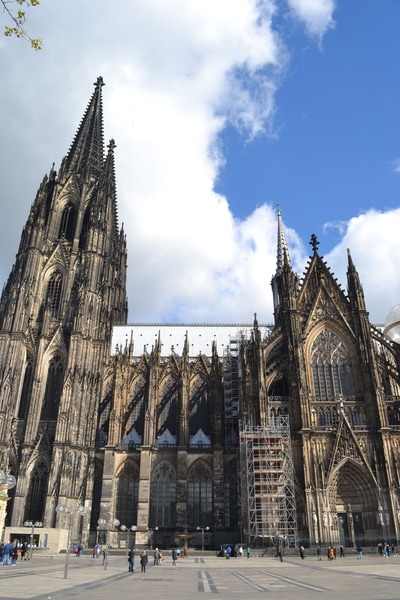
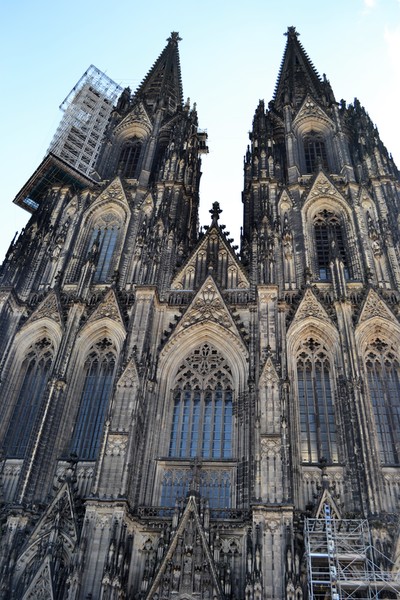
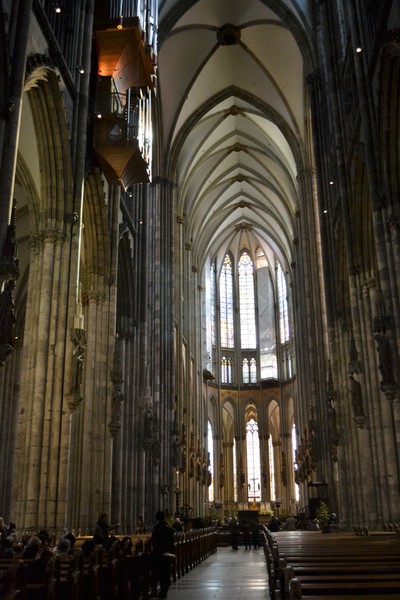
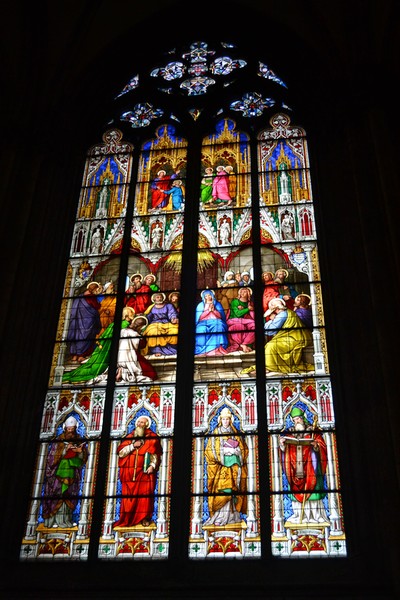
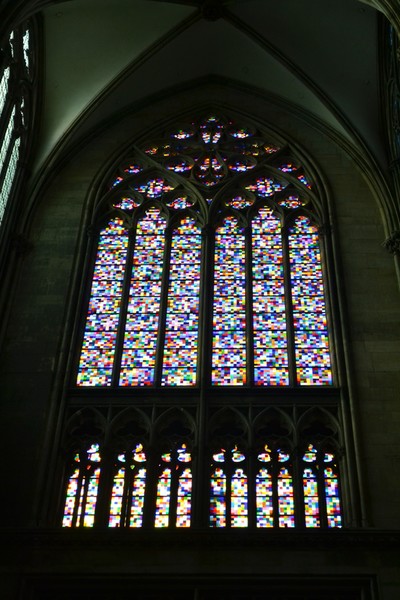
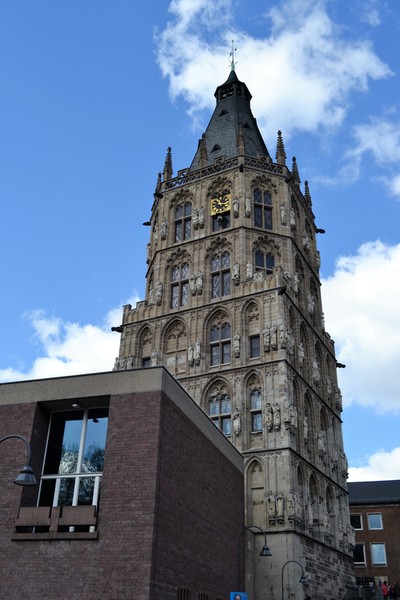

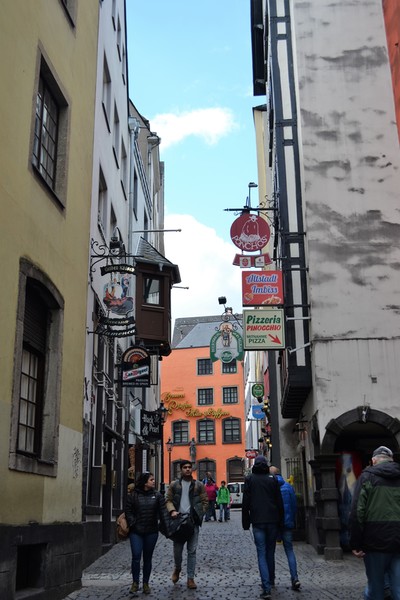
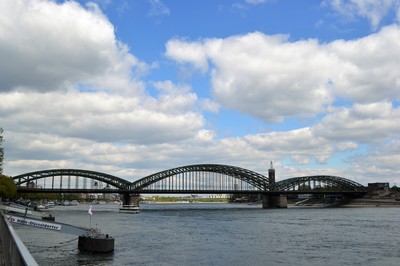
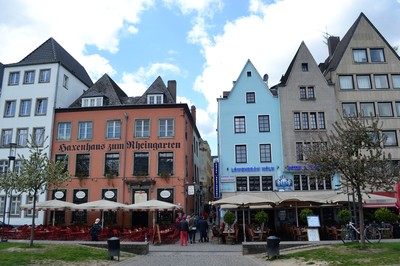
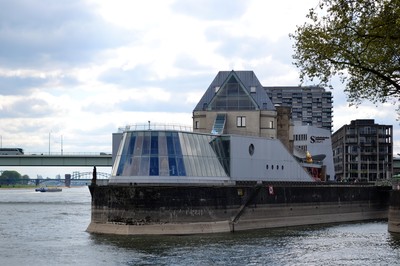
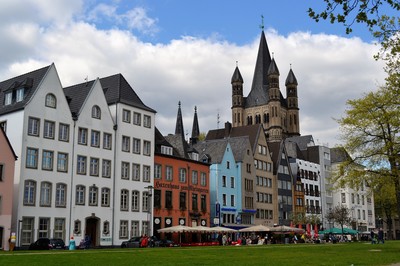
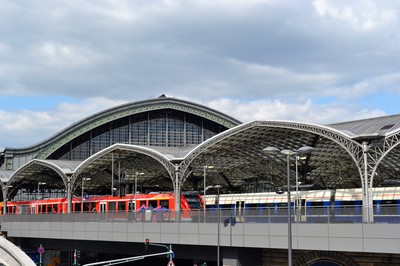
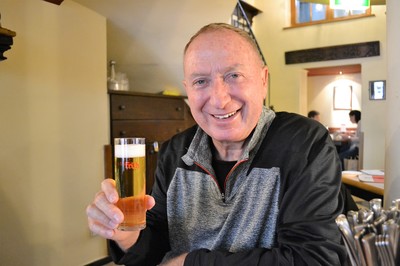
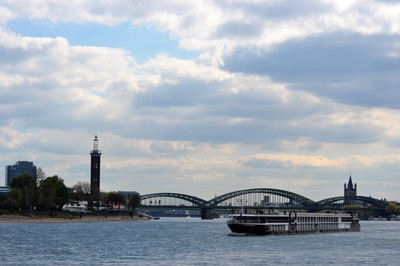
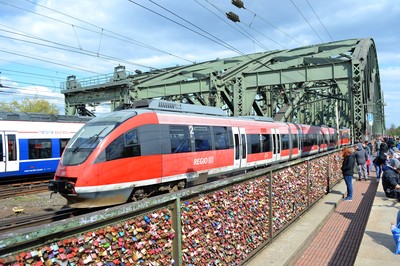
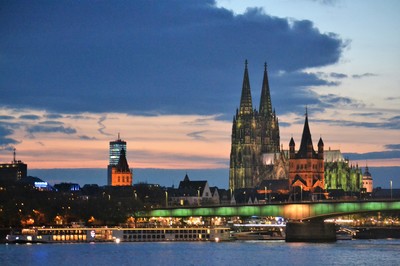
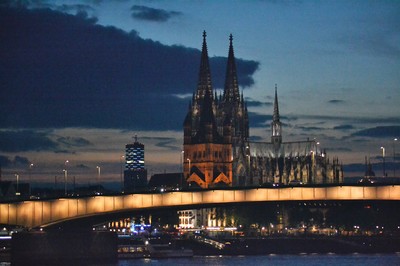
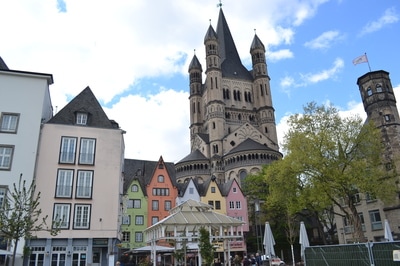
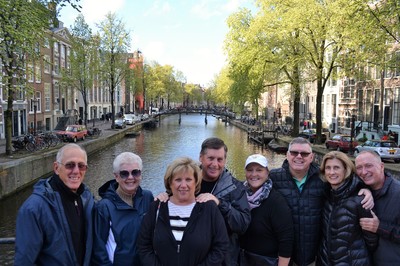
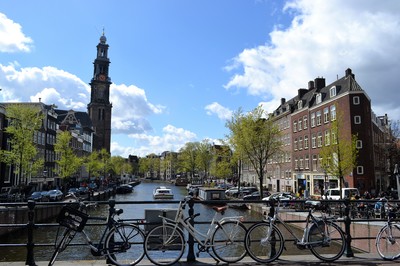
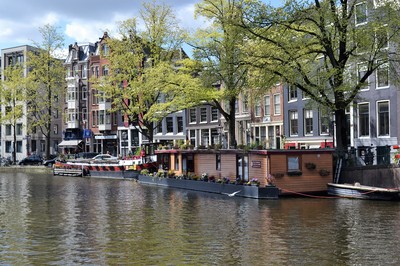
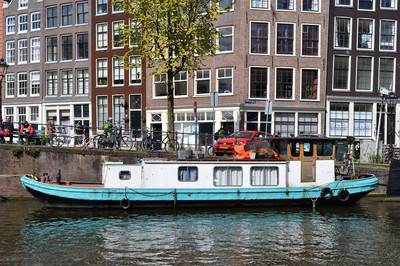
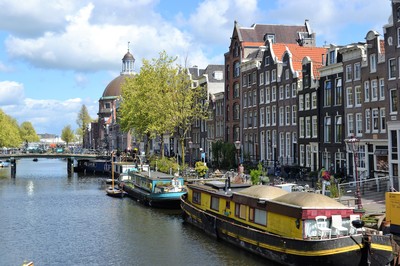
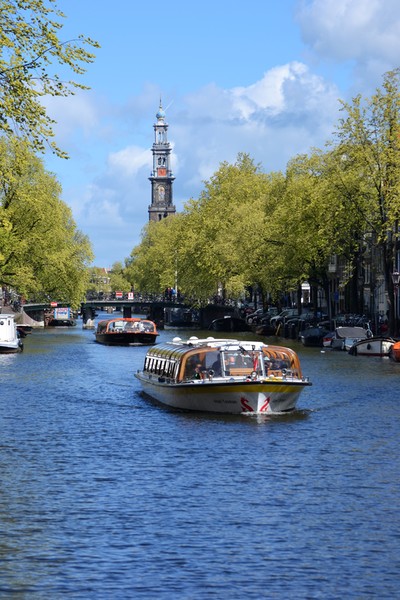
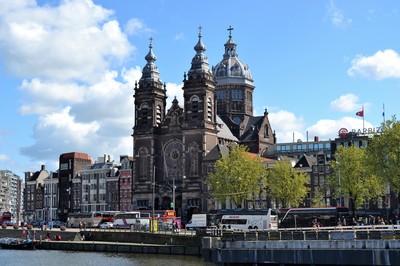
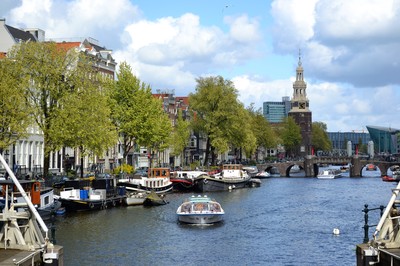
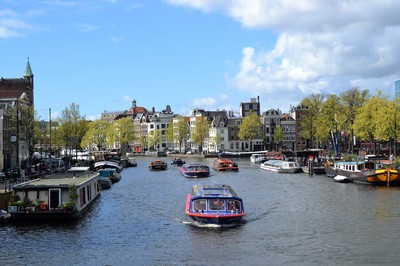
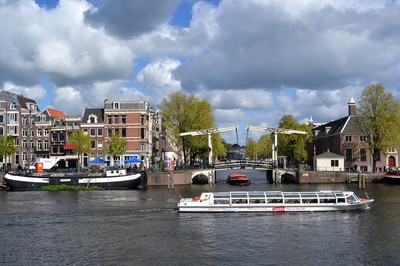
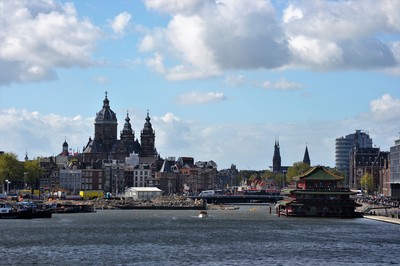
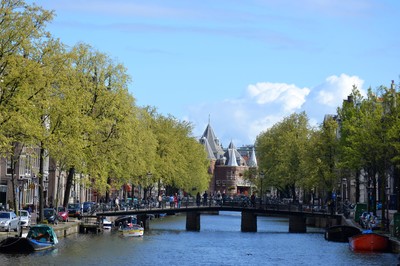
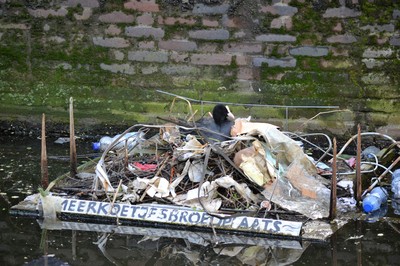
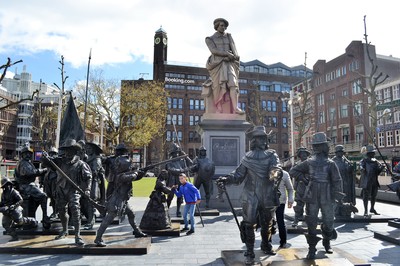
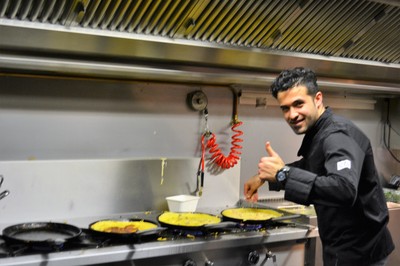
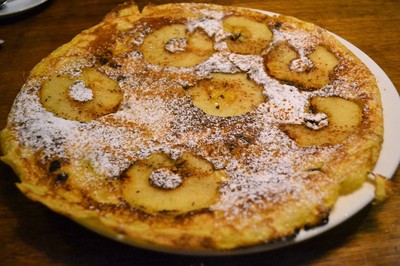
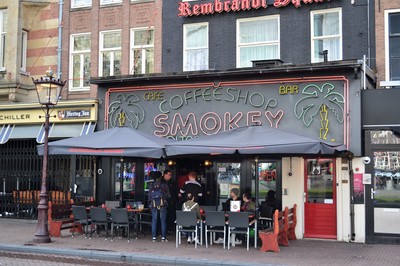
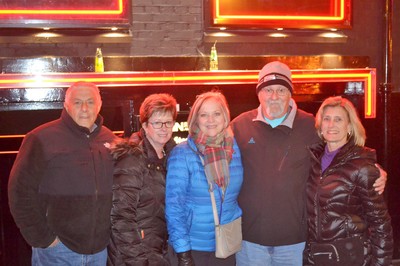

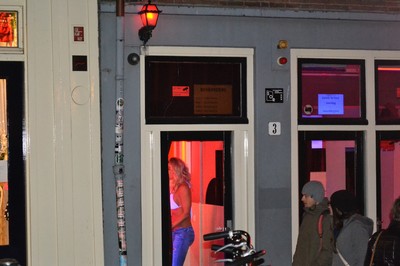
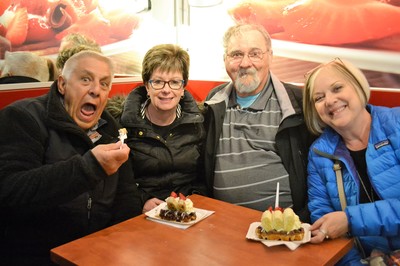
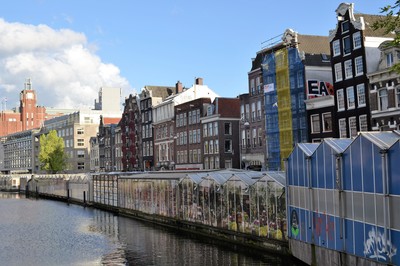
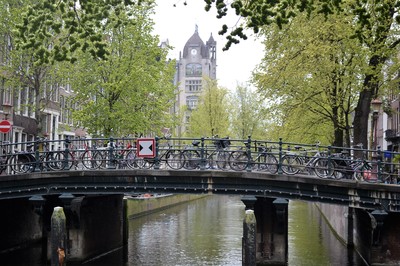
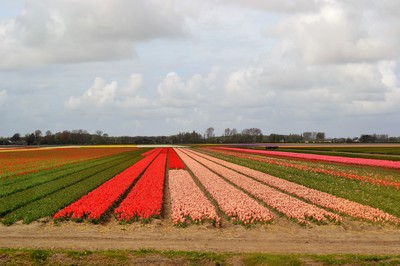
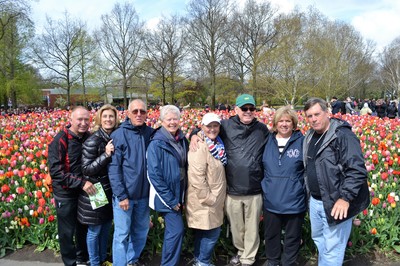
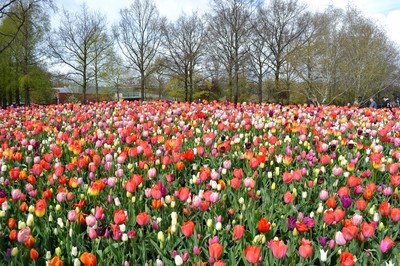
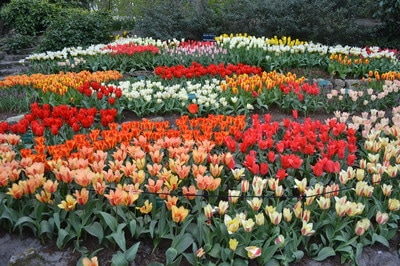

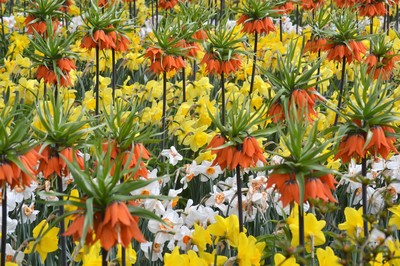
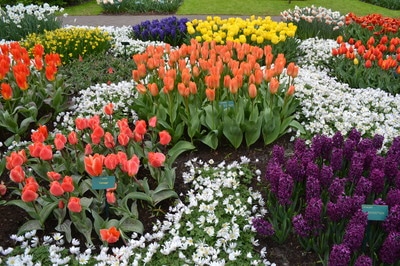
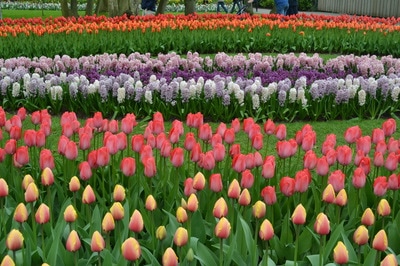

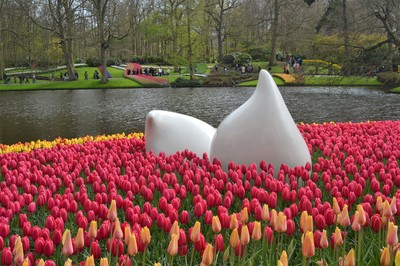
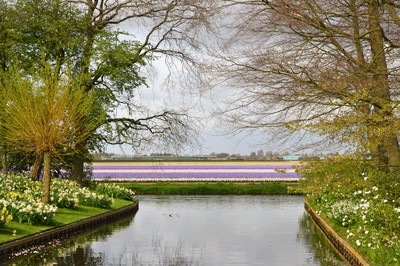
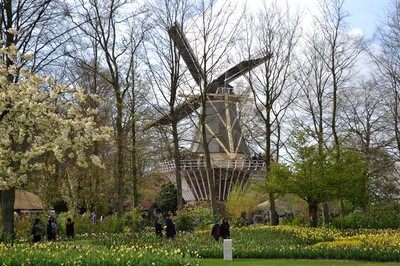
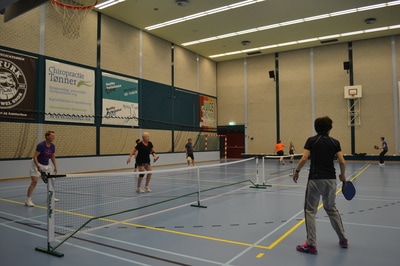

 RSS Feed
RSS Feed

